
Drawing (on) a decade of climate change in the North
Artist Alison McCreesh’s latest book documents her travels around the Arctic during her 20s. In...
Shannon McPhail said she felt like the “world’s biggest schmuck” after reading an email from a senior official at Fisheries and Oceans Canada. The official told her it was “impossible to confirm” how many living salmon eggs were in the path of the Coastal GasLink pipeline at a major river crossing.
With wild salmon populations in decline throughout the watershed, McPhail wanted to know what the government agency is doing to ensure eggs laid in the path of the pipeline aren’t harmed — and she wanted data.
But the federal department wasn’t telling her everything it knew.
The government message, sent via email in early December, addressed a list of detailed questions McPhail, co-founder of Skeena Watershed Conservation Coalition, had sent more than a month prior. To draft its reply, the fisheries agency, commonly called DFO, asked Coastal GasLink (CGL) to look over the questions, according to documents obtained by The Narwhal through freedom of information legislation.
A Coastal GasLink contractor promptly replied. To the question of how many eggs were in Wedzin Kwa (Morice River) on Wet’suwet’en territory, where the company started drilling a large tunnel under the river in September, the pipeline worker was forthright: “Oodles.”
“But following DFO’s blasting guidelines we will assume only [spawning beds] within 150 metres of the tunnel path have the potential to be impacted by vibrations,” the contractor, whose name was redacted in the released documents, wrote in a Nov. 17 email. “A conservative estimate of coho eggs in the gravels within 150 metres of the tunnel path [is] 273,000.”
McPhail was stunned into silence when she learned the government agency had not disclosed the information.
“You’re fucking kidding me,” she blurted out on a phone call with The Narwhal. “They were gaslighting me. This just blows my mind. I have been pushing so hard for so long trying to find out this information, which I felt was a reasonable request based on reasonable concerns. And they purposely withheld that information.”
Fisheries and Oceans Canada did not reply to questions about the details of the released documents prior to publication.
According to TC Energy, the Alberta-based pipeline operator that is building Coastal GasLink, drilling under the river at a depth of more than 11 metres below the riverbed won’t disturb salmon eggs. Provincial and federal regulators told The Narwhal the same — but declined to share details of the evidence it reviewed about potential impacts of the drilling. McPhail’s questions included a request to see spawning surveys, which Coastal GasLink provided to fisheries officials, according to the newly released documents. The federal department did not share those surveys with McPhail.
“When the pipeline company is being forthcoming with the data but the regulators are not, that’s a pretty significant red flag,” she said. “I can’t even believe this level of willful negligence and gaslighting and withholding of information. This, to me, is criminal and they need to be held accountable.”
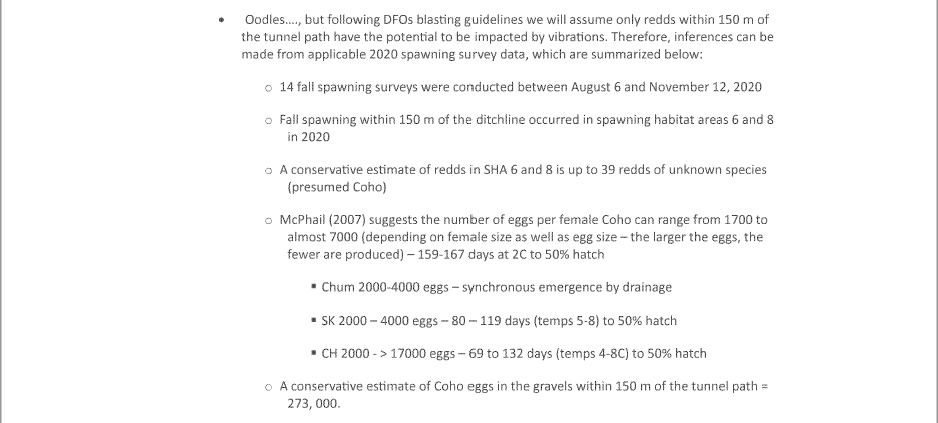
Brad Fanos, director of the federal government’s Fish and Fish Habitat Protection Program, told McPhail the department couldn’t confirm how many eggs were in the river because it would depend on fish species, numbers of successful spawners, size of the females and how many natural mortalities had occurred during the run. Fanos also echoed the pipeline company’s claims the work would not impact salmon eggs.
“There is no reason to believe any of the incubating eggs are being impacted by the directional drill beneath the Morice River,” he wrote, adding that monitoring had not picked up any indication of “physical or behavioural impacts” to fish or spawning beds at the site.
The exact wording Fanos would use in his email to McPhail was being discussed internally just two hours after the department received information from Coastal GasLink, according to the records. But it would take another 19 days before the department sent its response.
Eric Hertz, an analyst with the Pacific Salmon Foundation, said it’s “technically true” Fisheries and Oceans Canada wouldn’t be able to confirm the exact number of eggs, but he didn’t understand why the department wasn’t willing to share Coastal GasLink’s data.
“They were provided an estimate from industry so it is surprising that they weren’t able to pass that along — or they chose not to pass that along,” he said, adding he shares concerns about the lack of transparency.
While Coastal GasLink noted a conservative estimate of 273,000 coho eggs, the actual number of salmon at risk could be much higher. In the email to fisheries officials, the pipeline contractor noted individual females can lay between 2,000 and 7,000 eggs per clutch. And coho isn’t the only species that spawns in the river. According to the industry survey, the pipeline crossing is home to 13 fish species considered by a Coastal GasLink consultant to be of concern, including bull trout, lamprey, steelhead, mountain whitefish and all five species of Pacific salmon.

Wet’suwet’en fish and wildlife inspectors have rarely been able to monitor construction. Coastal GasLink has blocked access to worksites and told chiefs and their supporters they would be arrested if they ignored the warnings. TC Energy told the Office of the Wet’suwet’en, an administrative body that operates on behalf of the Hereditary Chiefs, that anyone wanting access to sites needs to give 24 hours notice and arrange to have private security accompany them, according to Wet’suwet’en fisheries officials.
Hereditary Chief Na’moks said if the federal fisheries officers have data, it’s vital the public has access to that information.
“They are there to protect salmon and fish species,” he told The Narwhal in an interview. When data is “smothered” people are led to believe construction of the pipeline isn’t damaging the environment, he said, accusing government officials of “just spreading pixie dust on the territory” by creating an impression that “everything’s fine and dandy.”
Coastal GasLink also told federal officials in an email sent in November that they were looking at installing vibration monitors, but neither the company nor the department confirmed whether it followed through on that plan.
“We have the spawning areas mapped so we can place the monitors in the best sampling location and avoid disturbing any redds,” a Coastal GasLink contractor wrote in the email.
Fisheries and Oceans Canada said the company was doing this in response to “ongoing public concerns” but did not confirm whether it had verified information it was receiving from the company.
“Through conversations with CGL, DFO understands that vibration monitoring along the drill path was conducted on both the east and west sides of the river using geophones that were positioned outside of the wetted stream to avoid any potential disturbance to [spawning beds],” a spokesperson with the department told The Narwhal.
Coastal GasLink’s email noted “environmental inspectors visit the location daily to inspect for compliance with permitting conditions” and industry biologists have been monitoring water quality “24/7 since the start of tunnelling works.”
Fisheries and Oceans Canada did not directly answer whether it was involved in inspections or water quality monitoring at the site.
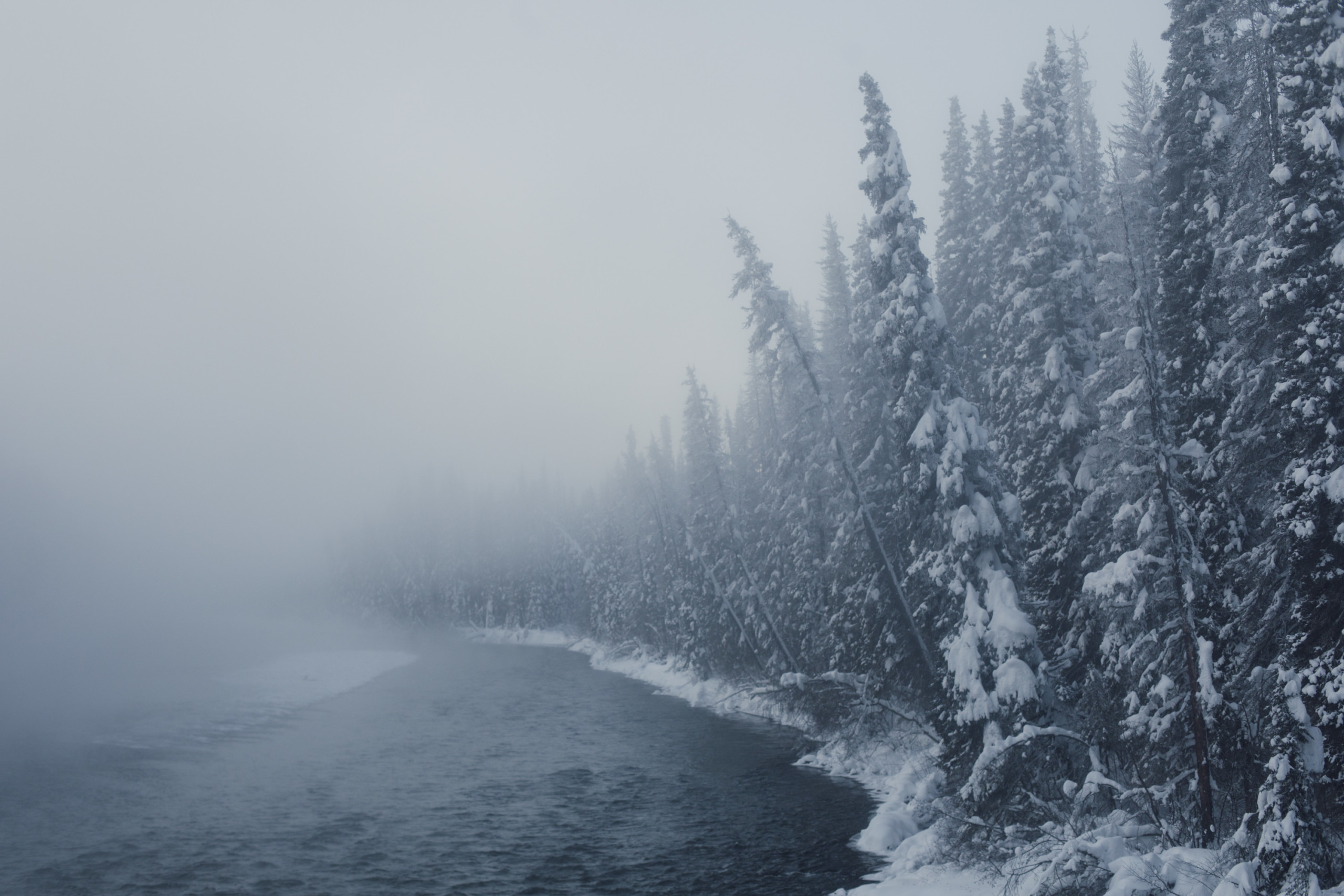
As The Narwhal recently reported, fisheries officers decided in late October to avoid monitoring in areas they considered “tense locations” due to perceived conflict between land defenders, police and pipeline workers. Internal government messages revealed that federal enforcement officers used vandalism as an excuse not to do required inspections.
Walter Joseph, fisheries manager with the Office of the Wet’suwet’en, said his experience working with fisheries officers has been positive and habitat issues or concerns have been handled appropriately. But he said monitoring is challenging.
“From what I’ve seen with their working with CGL is that local helicopter companies have a lot of business with CGL, and are reluctant to endanger their work by having DFO fly low over their site,” he told The Narwhal in an email. “When they do so, CGL calls the helicopter base to complain.” Joseph said pipeline workers stopped by the office in Smithers to complain after he flew over construction sites near the river crossing.
The federal agency confirmed the river system provides vital habitat for numerous fish species but did not directly answer whether fisheries officers were keeping an eye on the crossing on the ground or from above.
“Morice River is considered important fish habitat and supports spawning of a number of salmonid species in proximity to the pipeline crossing site,” the spokesperson said. “Because of this sensitivity, DFO recommended that instream works be avoided at this location.”
“The regulator’s interpretation is that the absence of any evidence that there could be an impact is the evidence,” Hertz said. “There could be an impact but they don’t want to think about that.”
“Given the importance of salmon in the Skeena and elsewhere in the province, having an independent body to ensure that works are being done in the most appropriate way for salmon is important,” he added. “It’s concerning that DFO is relying on these companies to report on themselves.”
Between federal and provincial investments, more than $900 million has been allocated to Pacific salmon conservation initiatives in the last four years alone, including a sockeye recovery program in Wedzin Kwa, which supports a third of the watershed’s Chinook salmon. As populations throughout the region continue to slip further on a decades-long decline, anything that could harm fish or fish habitat — from illegal poaching to major industrial projects — runs a gauntlet of legislation and regulations put in place to prevent species from going extinct.
It’s all based on a dizzying array of data: years of field studies, comprehensive climate change modelling, water chemistry calculations, collaboration with First Nations, academics and industry and much more. There’s a complex network of officials overseeing the laws and regulations meant to keep people and companies in check. Conservation officers float the rivers to check sport fishers’ licences while compliance and enforcement authorities drop out of the sky in helicopters to make sure heavy equipment operators are keeping their machines from leaking toxins into fish-bearing streams.
At 670 kilometres, the Coastal GasLink pipeline is roughly equal to the distance between Vancouver and Calgary. The path crosses the northern Rocky Mountains, spans vast stretches of forests pockmarked by decades of clearcutting, rises back up into the glacier-capped Coast Mountains and finally drops down to meet the Pacific Ocean. Building the gas pipeline through all this terrain means crossing more than 700 creeks and rivers.
Despite the international scope of the project — getting fracked gas from massive shale deposits in B.C.’s northeast to buyers in Asia on behalf of a consortium of foreign-controlled corporations — oversight of the pipeline is primarily handled by provincial regulators. That’s because construction is taking place within provincial borders.
The main watchdogs are the B.C. Oil and Gas Commission (which quietly announced it is changing its name and expanding its regulatory responsibilities last October) and the B.C. Environmental Assessment Office.
Since starting construction in 2019, Coastal GasLink has continually struggled to prevent sediment from entering wetlands, lakes and rivers. Sediment reduces available oxygen in fish habitat and can suffocate fish in large amounts. For its failures, the B.C. Environmental Assessment Office has issued dozens of rebukes and fined the company more than $450,000 for infractions. Yet the company still struggles to control the issue and cited it as one of the reasons for skyrocketing costs — on Feb. 1, TC Energy announced the pipeline now had an revised price tag of $14.5 billion, more than double its original estimate.
“This project is a boondoggle,” McPhail said. “It’s a boondoggle for the province, for the feds and for Coastal GasLink.”
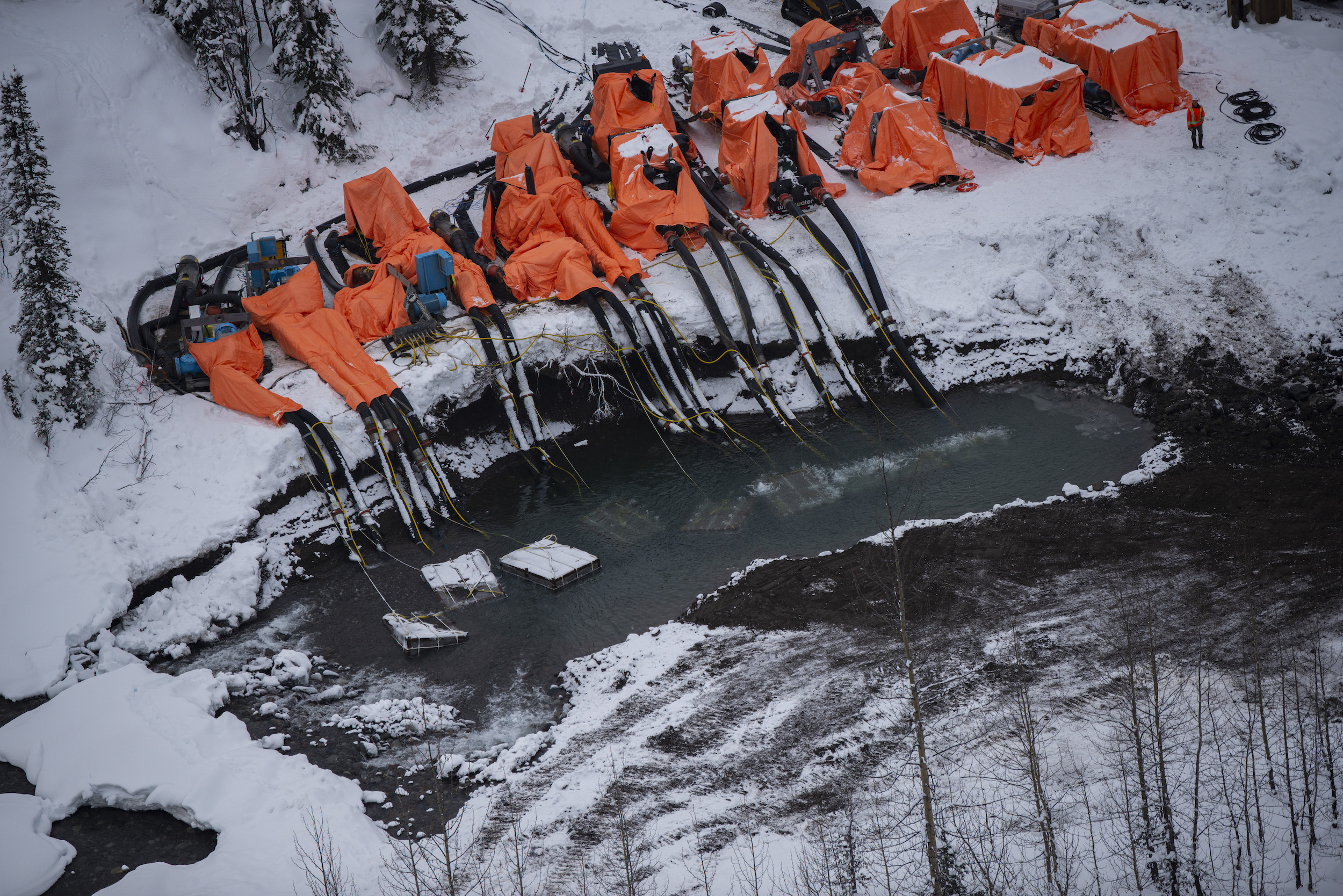
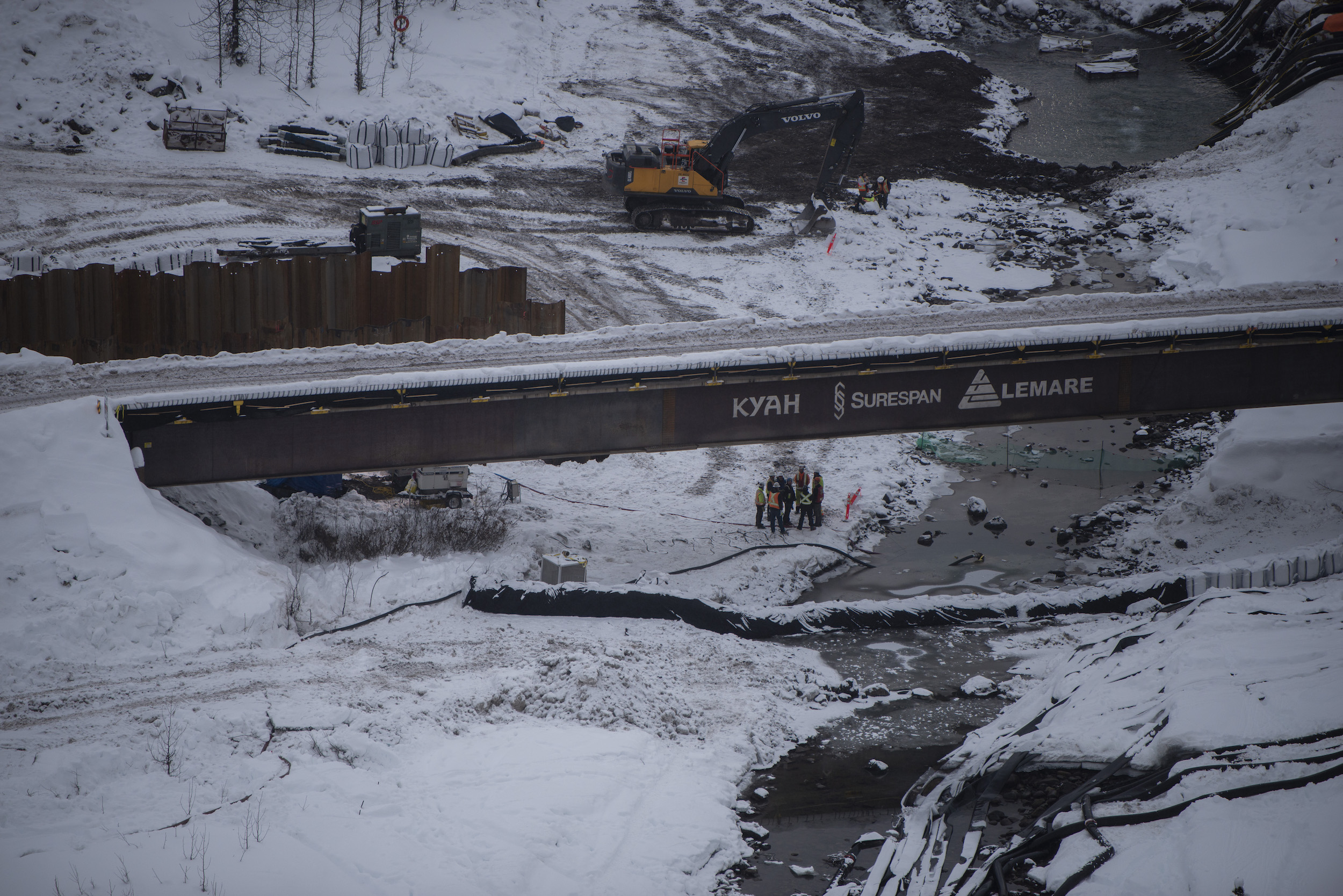
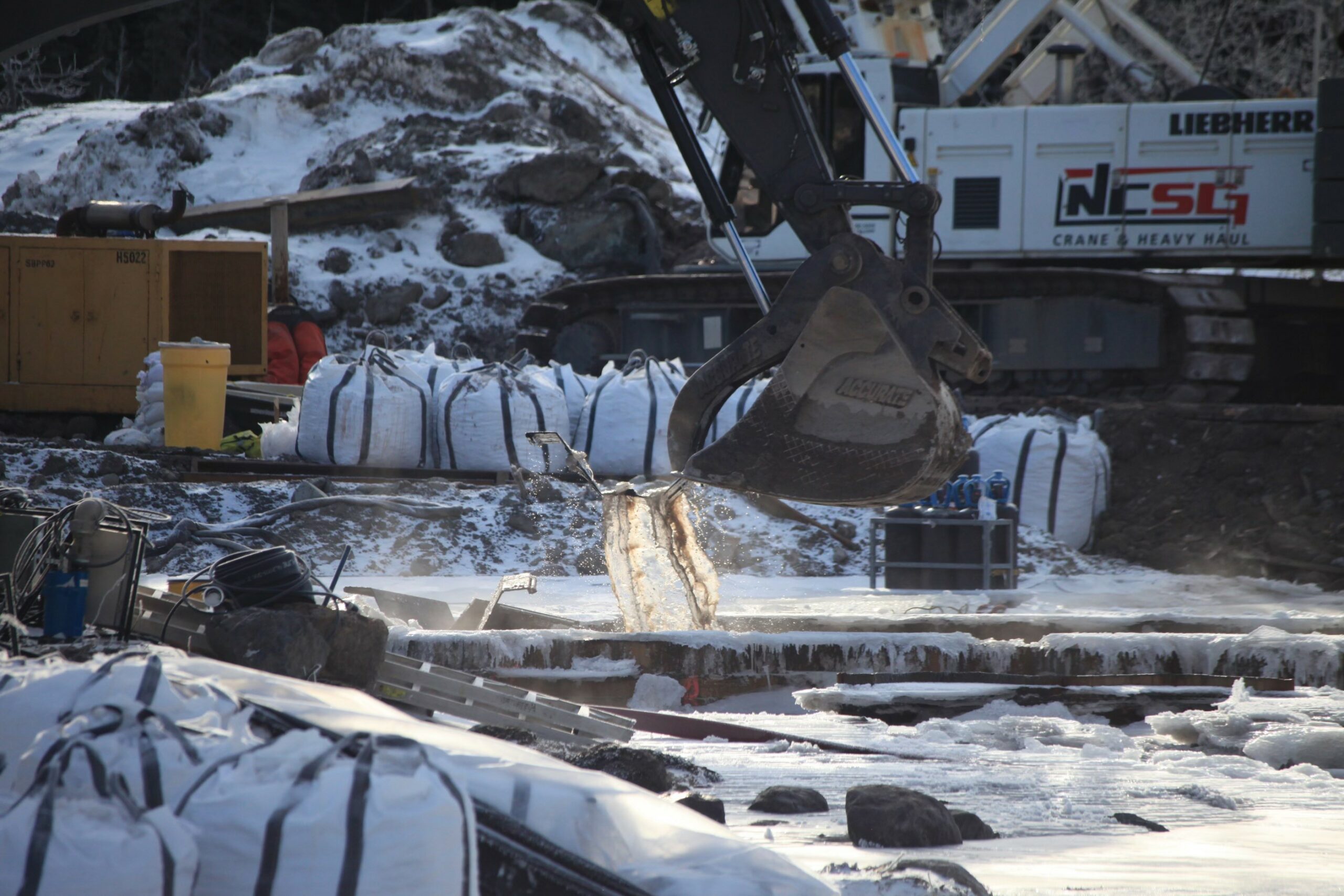
Officials at Environment and Climate Change Canada can step in if the project is in violation of federal legislation.
“As the issue is currently in relation to the erosion of a wetland and fish habitat, but does not concern the release of deleterious substances into fish-bearing waters, [Environment and Climate Change Canada’s] enforcement branch has not been involved in this matter,” a department spokesperson told The Narwhal in an email. It later added in a follow-up response that the deposit of deleterious substances could include sediment in certain circumstances.
“Eggs and anything in the gravel would be a big concern,” Hertz said. “A fry or smolt has some ability to move and find areas that are less turbid, but for a fish that’s developing and in the gravel, you’re kind of stuck with where you were laid.”
Sleydo’ Molly Wickham, a Gidimt’en clan wing chief, noted neither provincial nor federal governments have jurisdiction over Wet’suwet’en lands and waters. In 1997, a landmark Supreme Court of Canada case affirmed the nation had never given up its Rights and Title to the 22,000 square kilometre territory.
But she said Canada still has a duty to protect the rights of Indigenous Peoples.
“The federal government has responsibilities to us, as Indigenous people. I’m not saying they have jurisdiction, but they have legal responsibilities to Indigenous people. The same goes for DFO.”
Fisheries and Oceans Canada told The Narwhal it typically stays out of B.C. processes but monitors “provincial project decisions and focuses on any related Fisheries Act or Species at Risk Act regulatory decisions.”
Yet, according to internal documents the federal agency appears to be in regular contact with Coastal GasLink and conducts periodic inspections of worksites.
In October, for example, the pipeline company reached out to a fisheries protection biologist with the department for permission to work in a fish-bearing stream on Wet’suwet’en territory outside of a prescribed “least-risk” window. Coastal GasLink is also required to file regular reports and keep the department up to speed on any negative impacts to habitat.
“The fact that they’ve been involved without anybody knowing seems a little suspicious to me,” Wickham said. “They’ve said nothing, they haven’t supported us in any way to find out information, to find out accountability processes — that’s critical information that we need in order to protect our territory and our fish and our water. Why are they hiding the fact that they’ve been involved this whole time? If anything, you would think that they would be transparent about it to prove that they’re doing their job.”
With so many government agencies involved, it’s hard to know who to turn to for answers. McPhail said figuring out which agency has jurisdiction over various conservation issues has been a major source of frustration. Prior to sending her first lengthy email to provincial and federal regulators, she said she spent weeks trying to connect with regulators on phone calls.
“We get these responses that don’t include answers to the questions, that are completely trying to dodge responsibility and, in some cases, are outright misleading or outdated information that presents a reality that doesn’t exist.”
When it comes to how and when the various government regulators talk to each other, things get murkier.
The federal Fisheries Department said it has been coordinating with B.C. “on specific issues related to their project monitoring that intersects with DFO’s mandate, and vice versa.”
But both the federal and provincial governments responded to The Narwhal’s freedom of information requests by saying they had no records of communications between the B.C. Environmental Assessment Office and federal fisheries officers between Sept. 1 and Nov. 24, 2022, when Coastal GasLink was conducting major work crossing salmon rivers and tributaries and the pipeline company continued to struggle with erosion and sediment control issues.
A spokesperson for B.C.’s Ministry of Environment and Climate Change Strategy confirmed it was not in contact with the federal agency about the pipeline during the period, noting the environmental assessment office takes a backseat to the federal department and the energy regulator for “instream works and crossings.”
“It is a cross-jurisdictional issue with a number of federal and provincial agencies involved in regulating both potential causes of fish habitat impact and the potential impact itself,” the spokesperson wrote in an email. They added that the province didn’t detect any instances of non-compliance that required inter-agency communication during the fall months.
“These agencies are aware of each other’s mandate and which agency is the best-placed regulator to respond to an incident or to ensure compliance with habitat-protection requirements.”
In a similar request for communications between B.C.’s assessment office and the provincial energy regulator, The Narwhal was told “no records were located.”
Hertz said it’s not surprising there is confusion.
“Having so many different entities involved, I think, is a recipe for issues like this to come up,” he said. “Who is supposed to be keeping track of what? It seems troubling.”
To McPhail, the best bet to protect salmon lies with the pipeline workers.
“There are a lot of people who are out there trying to make a good honest living for themselves and for their families,” she said. “I want to empower those people to be our eyes and ears out there, because our regulators are not. We need the local people who are working on this pipeline to keep working it — that’s exactly who we want out there. And if they see something, we need them to say something because the regulators, both provincially and federally, aren’t doing it.”
Get the inside scoop on The Narwhal’s environment and climate reporting by signing up for our free newsletter. On March 17, federal Conservative Leader Pierre Poilievre...
Continue reading
Artist Alison McCreesh’s latest book documents her travels around the Arctic during her 20s. In...

I’ve watched The Narwhal doggedly report on all the issues that feel even more acutely...

Establishing the Robinson Treaties, covering land around Lake Huron and Lake Superior, created a mess...
